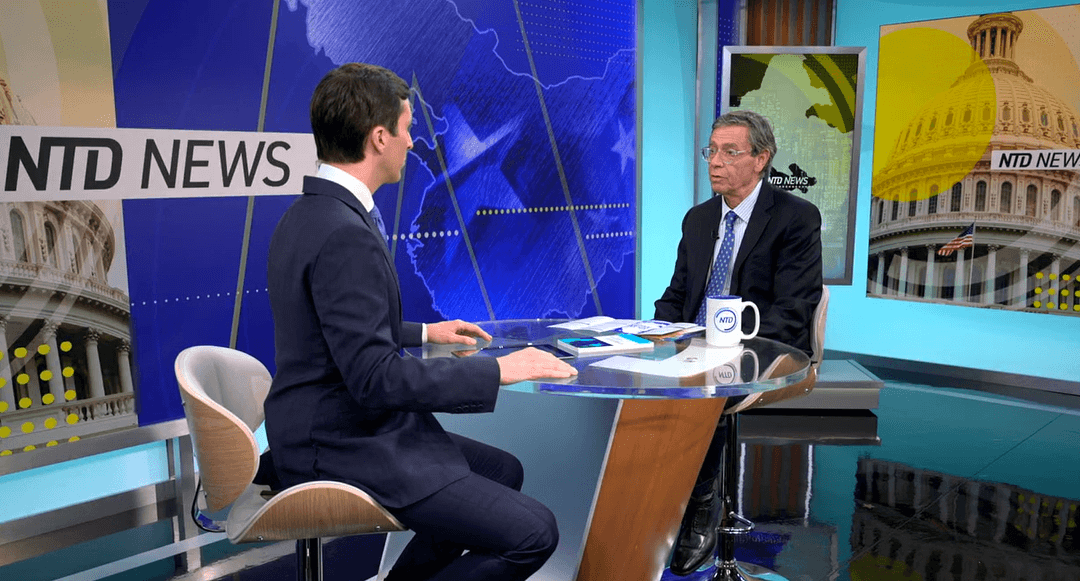NEW YORK—Stephen Lawrence lives right across the street from the Stone Avenue Library in Brownsville, Brooklyn, and has relied on it for over 40 years.
“I’ve been coming here since I was 16,” Lawrence said. “This library helped me in my future, to do well in high school and do better in college.”
Lawrence has since traveled around the world, but his home is in Brownsville. In a recent trip to the library, he was floored upon entering. “It was a wow moment—I didn’t know where I was.”
A Century Old
The library, now celebrating its 100th anniversary, has just undergone a complete renovation. A thousand words span the wall opposite the entrance and in the center of the space sits a giant chess set.
The history of the library has been a highlight for Karlos Adams, 12, who comes by every day to check out books and movies, use the computers, and take a trip upstairs to the Brownsville Heritage House, which is in the same building.
“It’s history, it shows all the different types of things that happened to the library,” Adams said, referring to the Heritage House.
Originally opened in 1914 in a crowded neighborhood of Jewish immigrants, the library’s centerpiece was at once the checkout desk. A third of the library’s visitors were children, and in 1912 Superintendent of Work with Children Clara Hunt proposed opening a library to cater to these young readers.
On opening day Sept. 29, 1914, as chronicled in the Brooklyn Eagle, hundreds of children lined up to see the first children’s library in the world. The library was designed by architect William Tubby and funded by Andrew Carnegie. Carnegie funded local libraries throughout the United States as a major part of his philanthropy.
Up until 1929, the library only served children up to high school. Then, services for teen readers were added. Now the library serves adults as well as children. Computers have been installed for adults and teens, and unconnected laptops are available for young children to learn and play on.
The hulking checkout desk was removed and two self-check machines have been installed, opening the space up for a myriad of uses, said architect James Biber.
Inspiring Learning
“Libraries become a certain kind of glue in the community,” said Linda Johnson, Brooklyn Public Library CEO. “Just by virtue of being here we have an impact in the community, we impact people, we uplift people. Hopefully, we help them aspire to further things than they would otherwise if we weren’t here.”
Every neighborhood is different, and ideally every library is too, Johnson said.
Public housing surrounds the library, in a crowded neighborhood with many families living below the poverty level. The library serves as a safe haven for children, who make up half the library’s visitors.
Many children come in after school, and library programs cater to them about four times a week—more in the summer. Before the renovation the one-floor library had little seating; so many children that came in the evenings had to stand.
Lonni Turner, who oversaw the project as part of the city’s Department and Design and Construction, saw the library as a blank slate. It’s a district where children’s test scores are among the lowest in the city, she said. Thus, inspiring learning was her priority, and the library was the first step.
“I want the children to come in here and become advocates for education,” Turner said, holding up a T-shirt with one of the words from the library’s word wall. The T-shirts will be given to library visitors, and children will be tasked with writing essays on the thought-provoking questions embedded into the wall, which features the most-used words in reading and writing.
The library, with all of its resources, is a passive teacher, Turner said. But through the space and programming, Turner hopes that children who come will bring their peers, and engage their parents.





